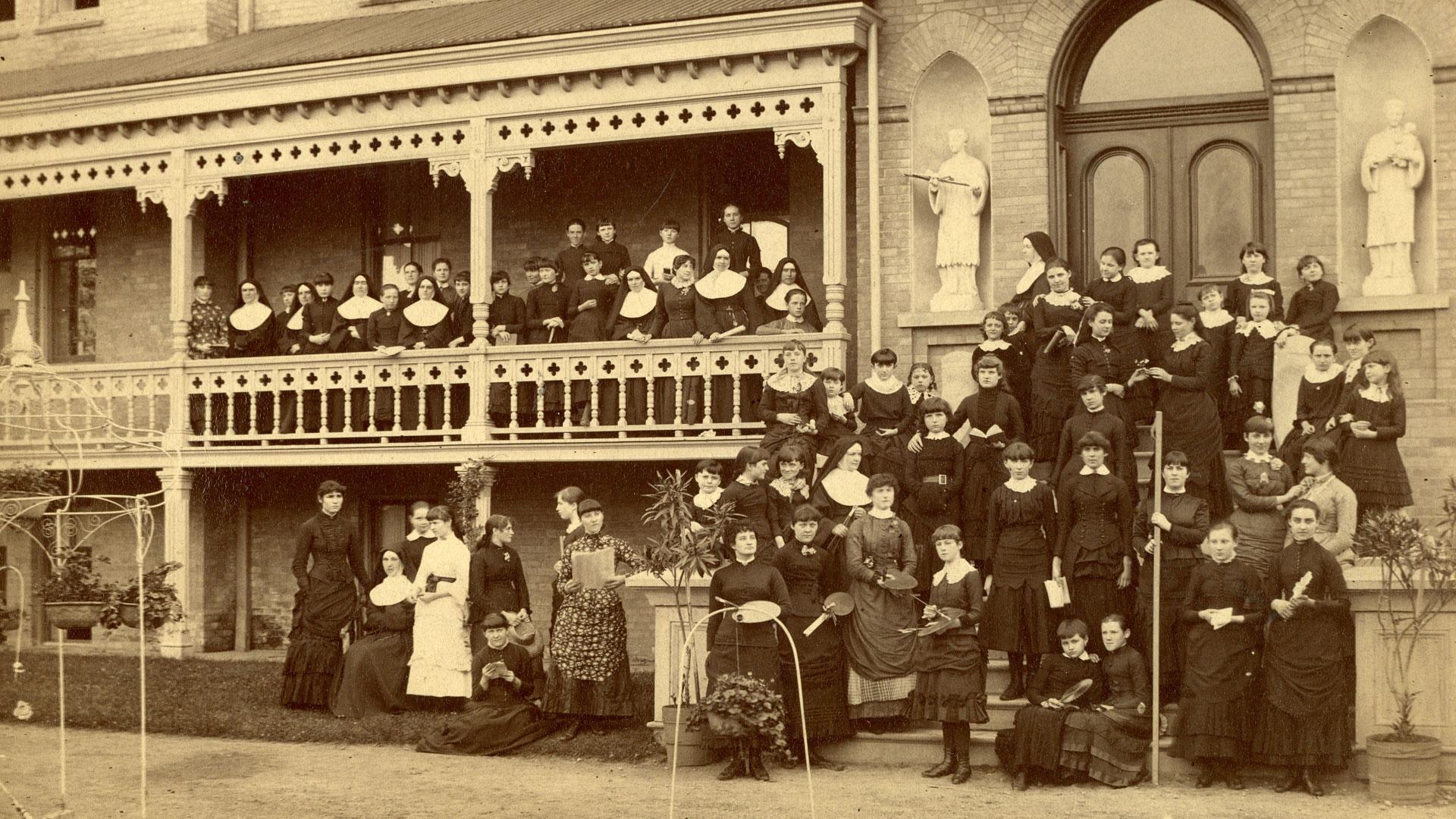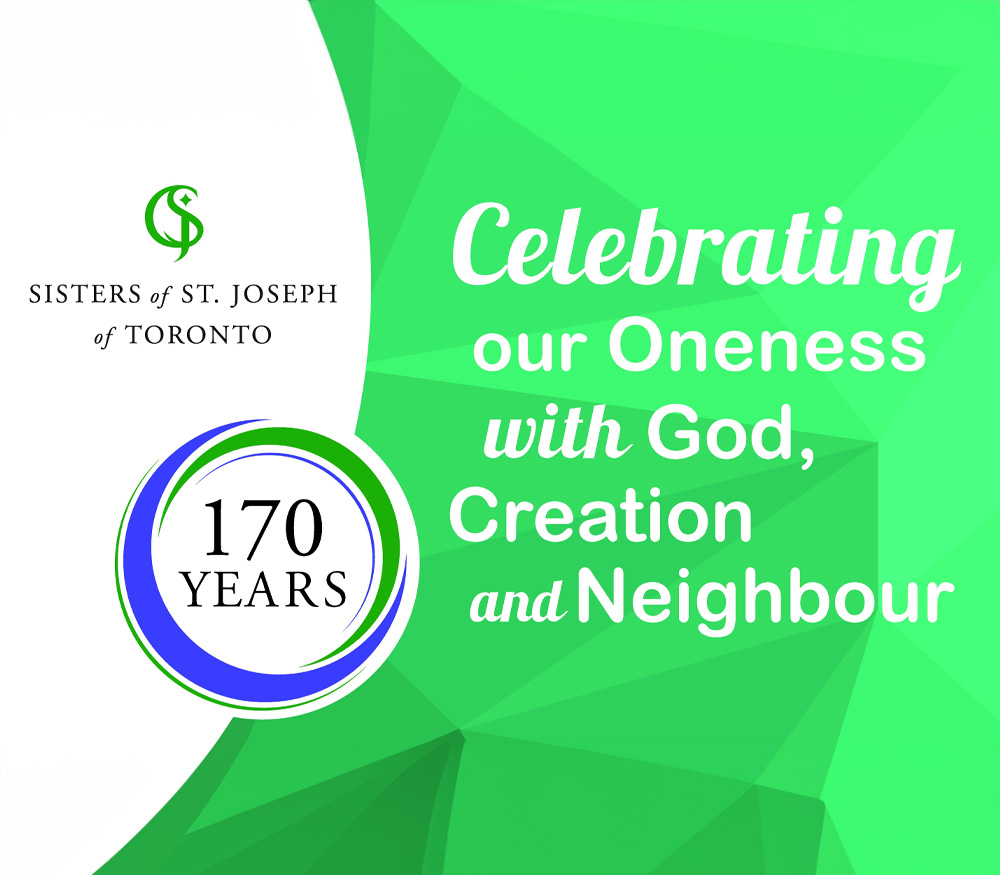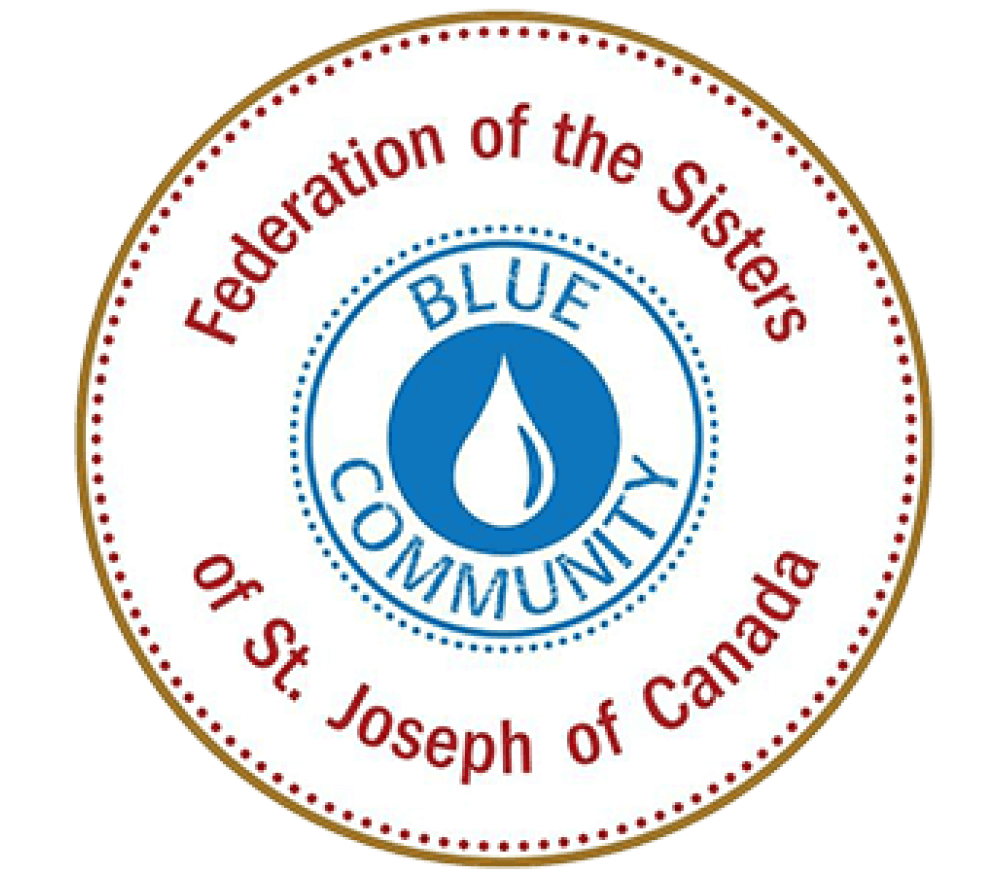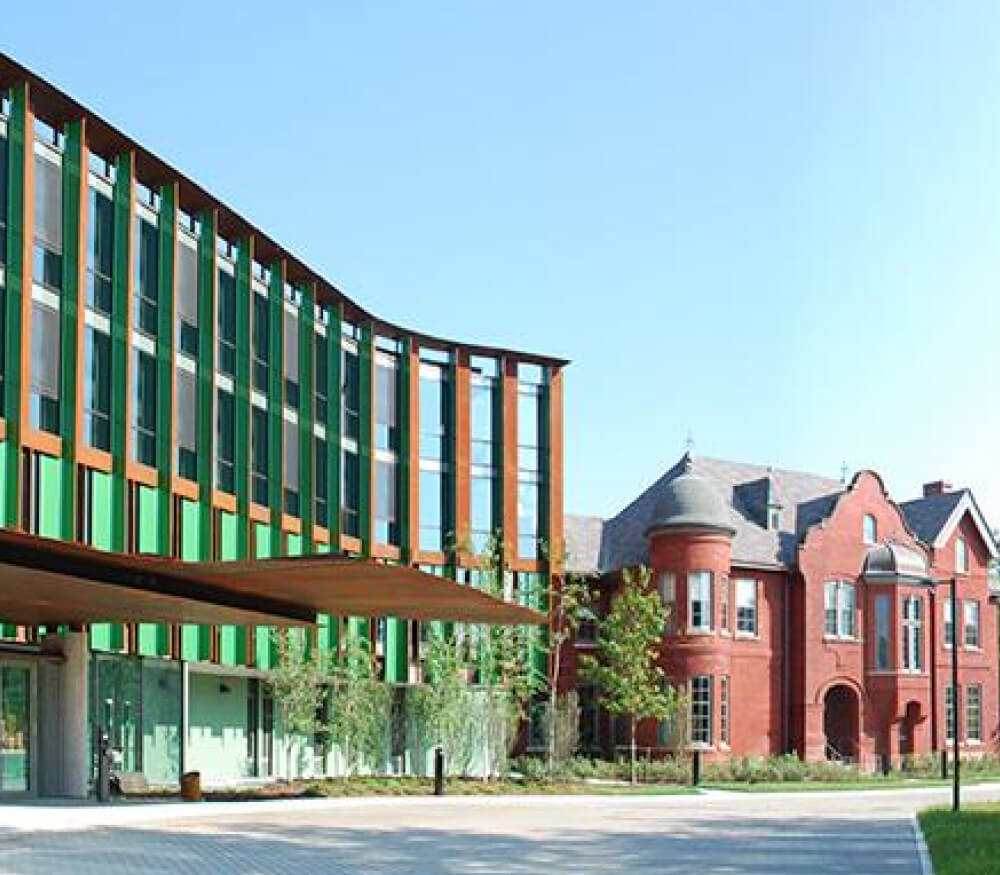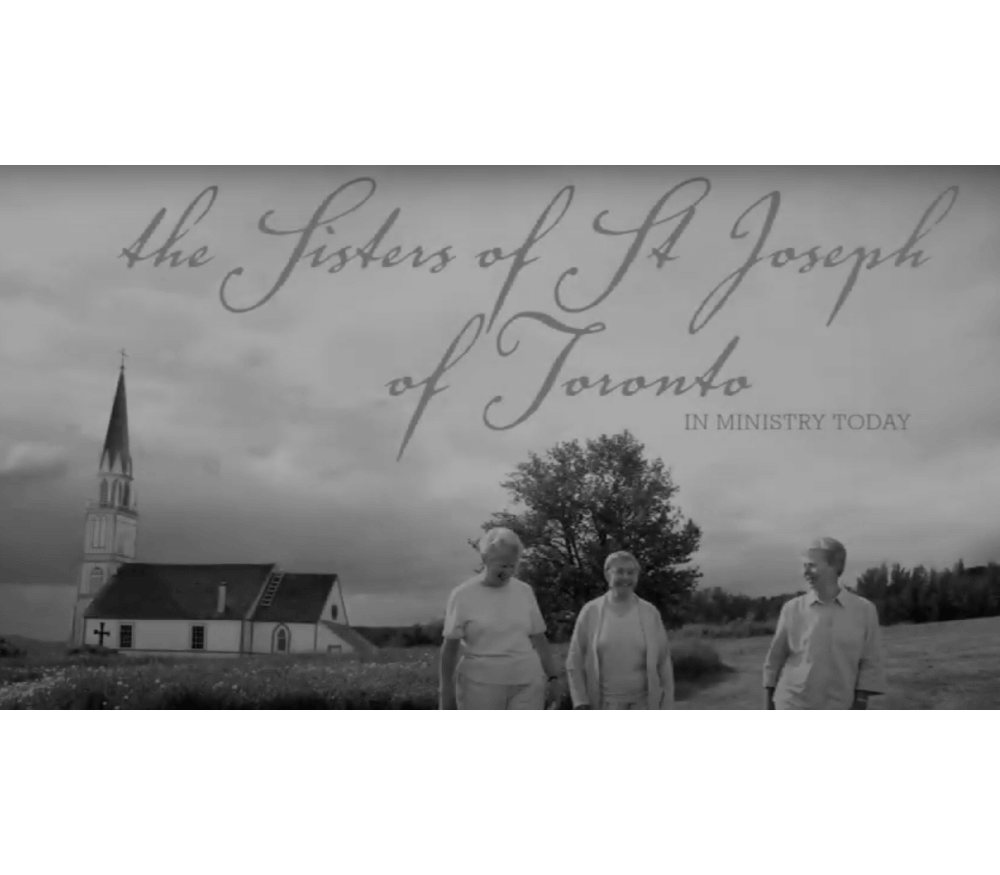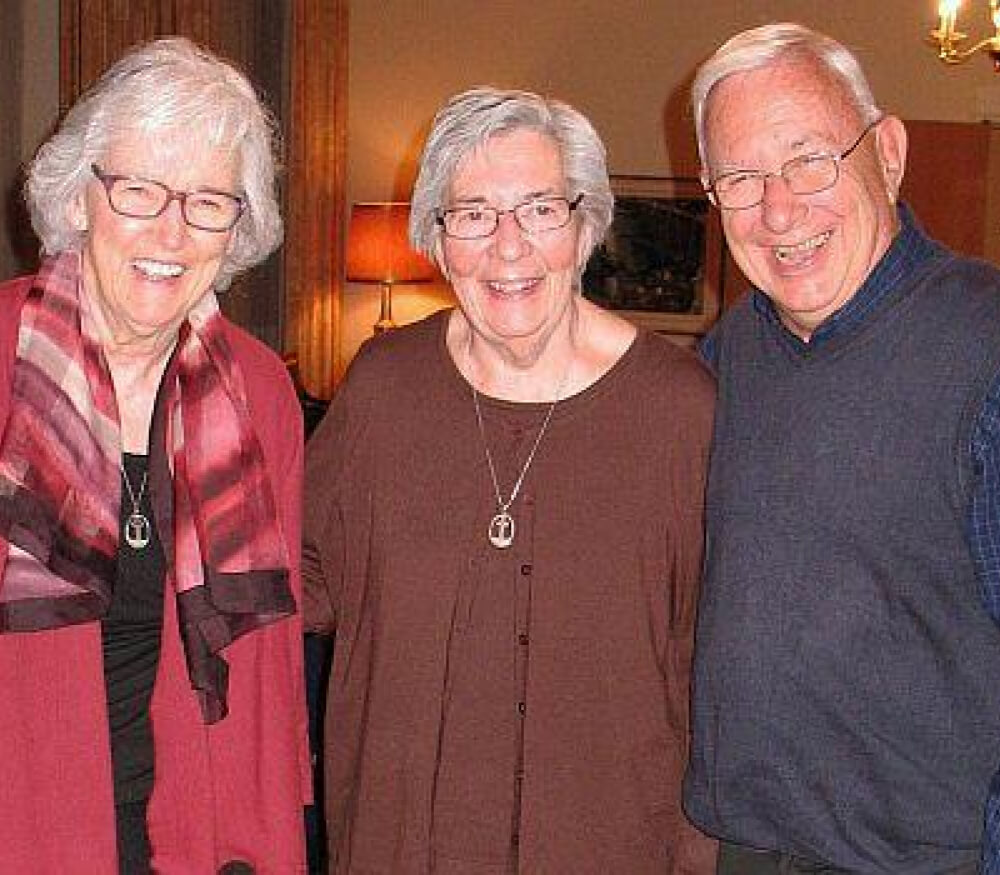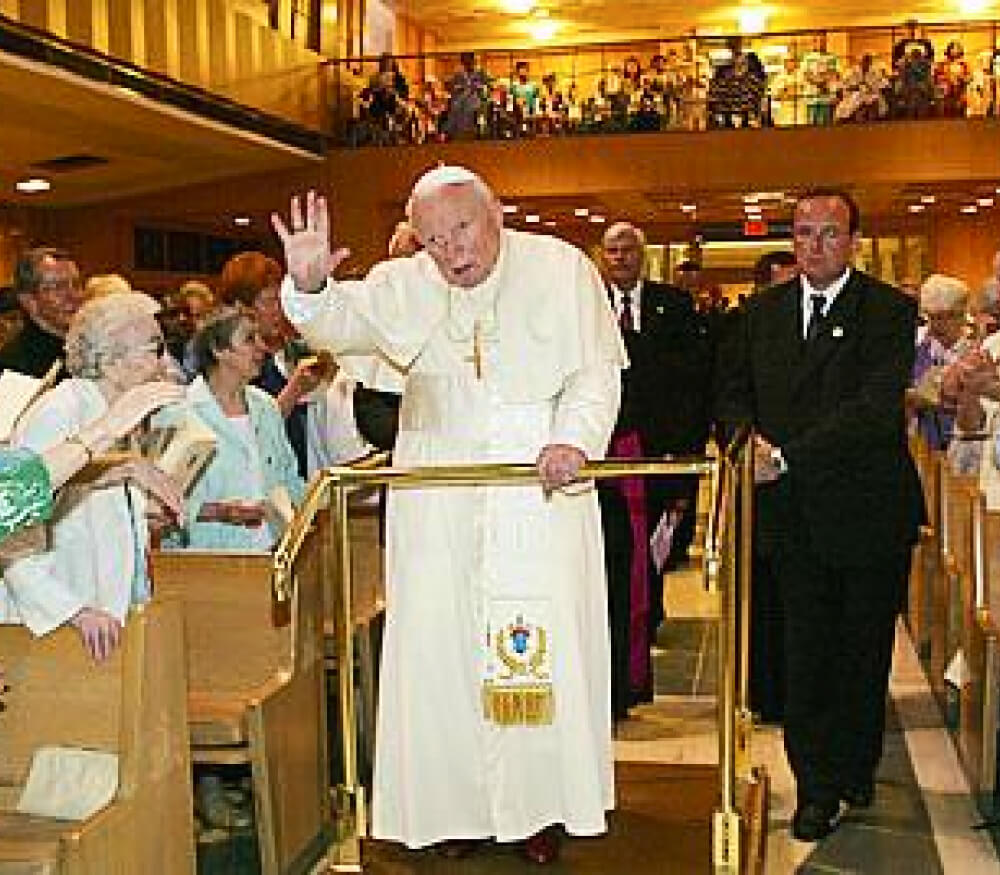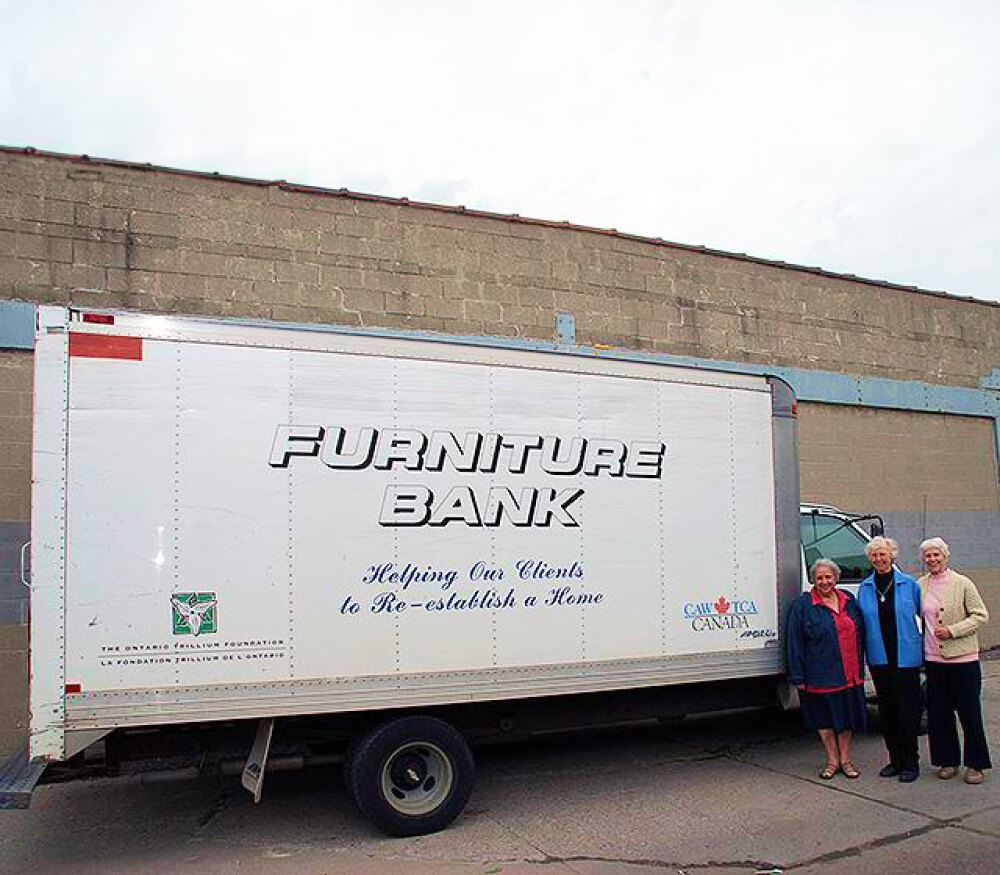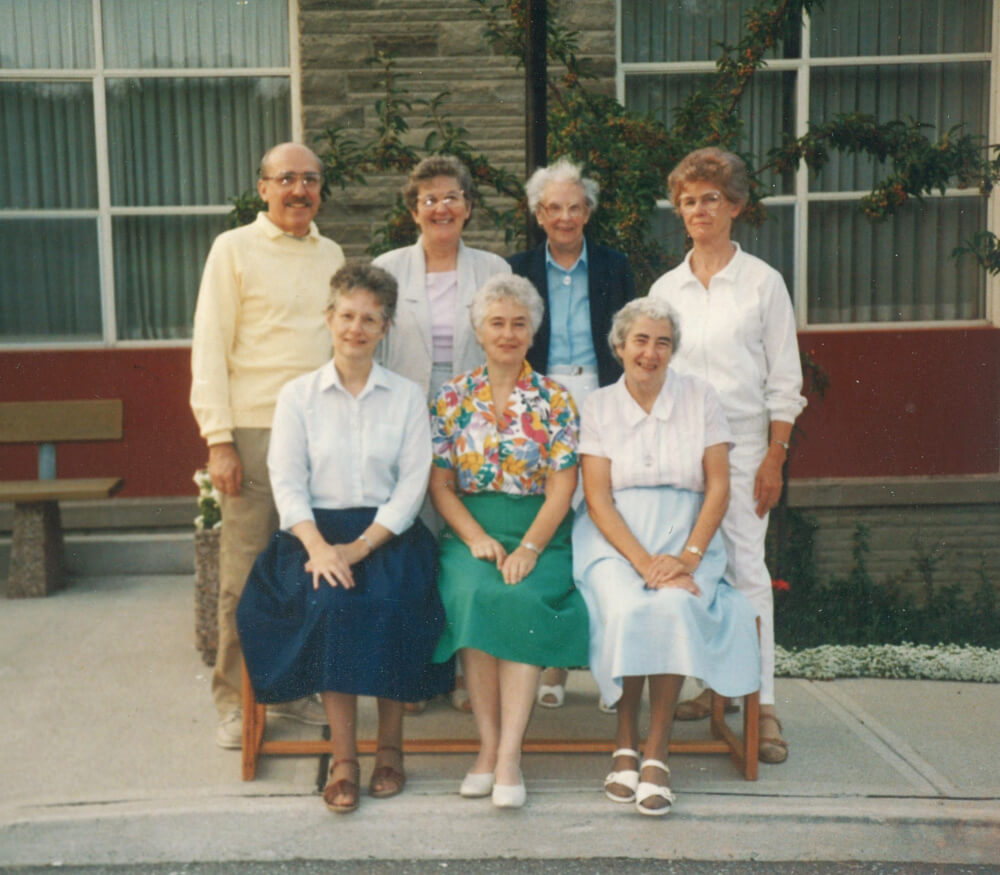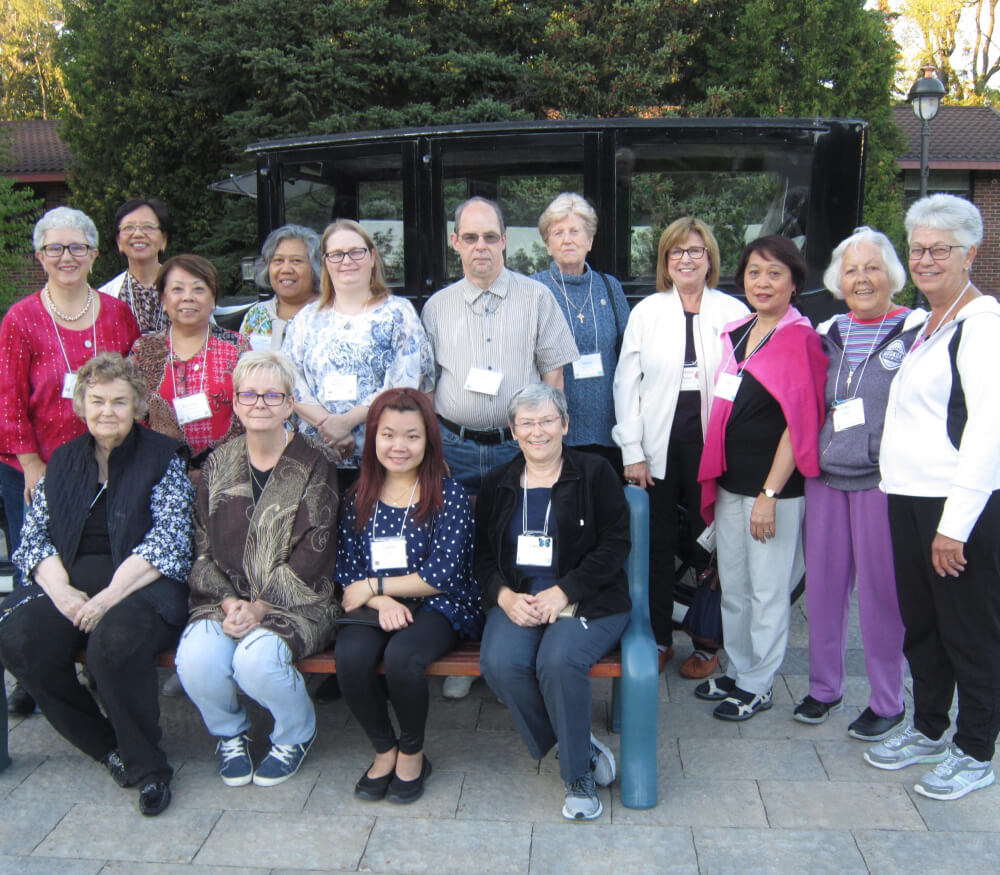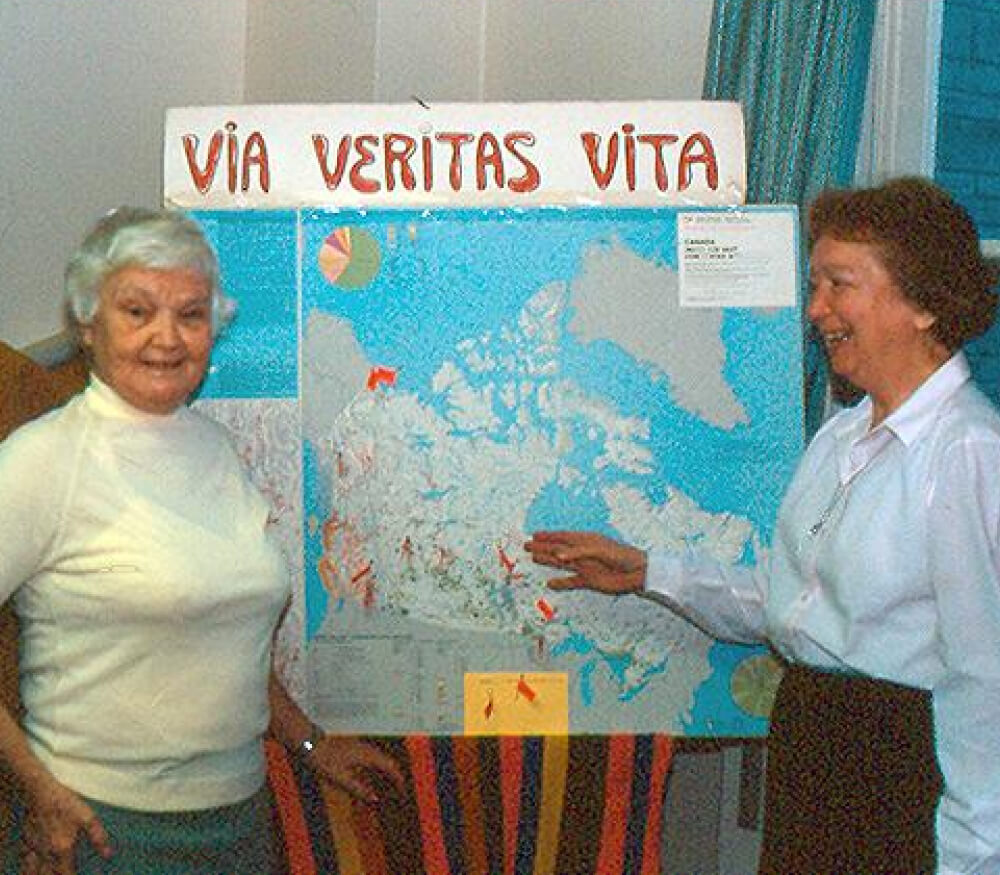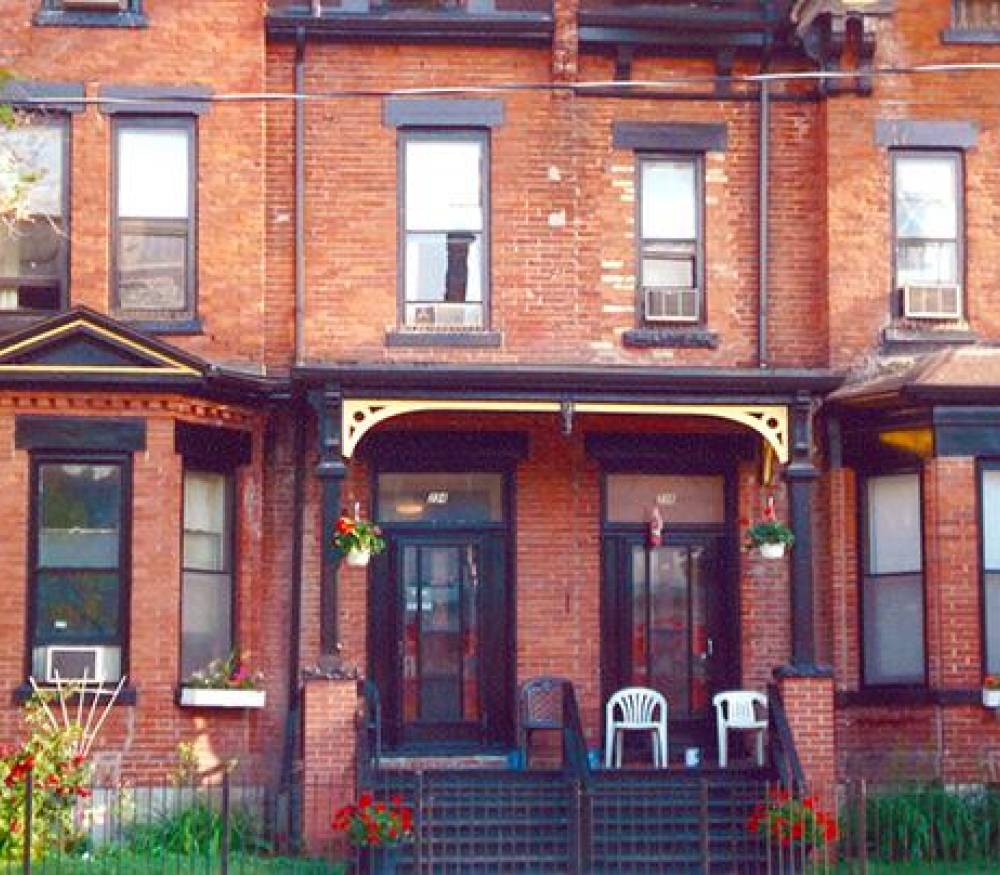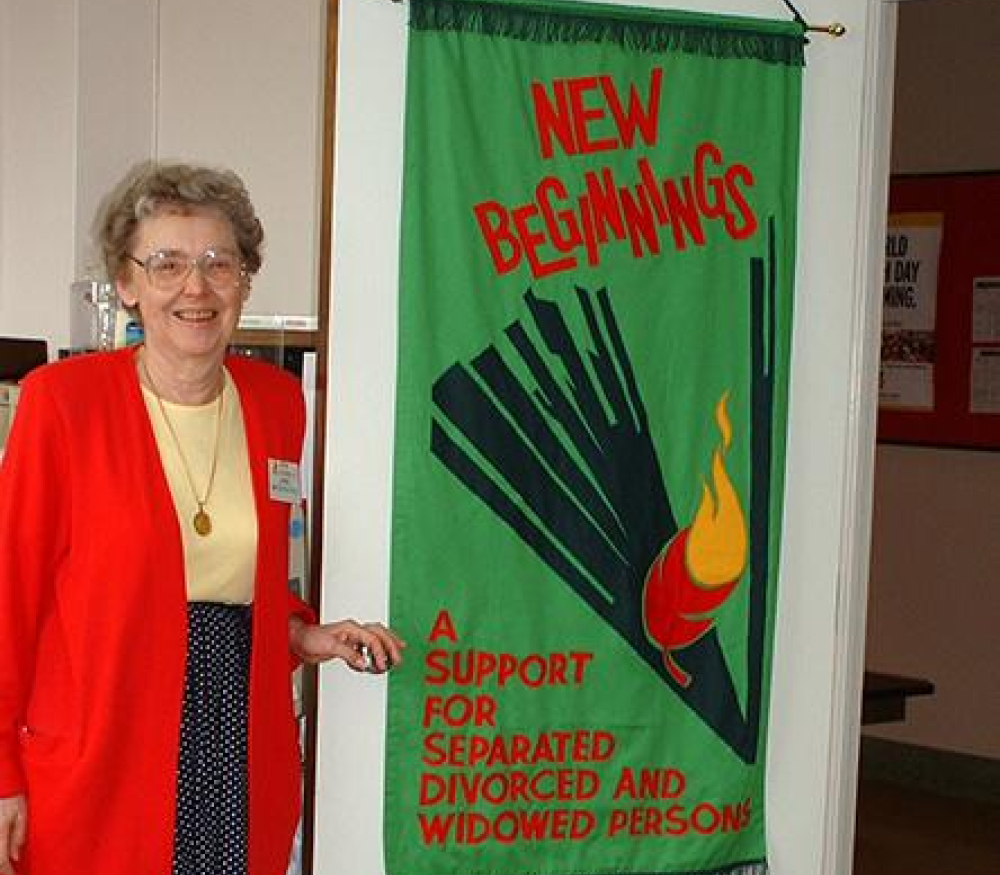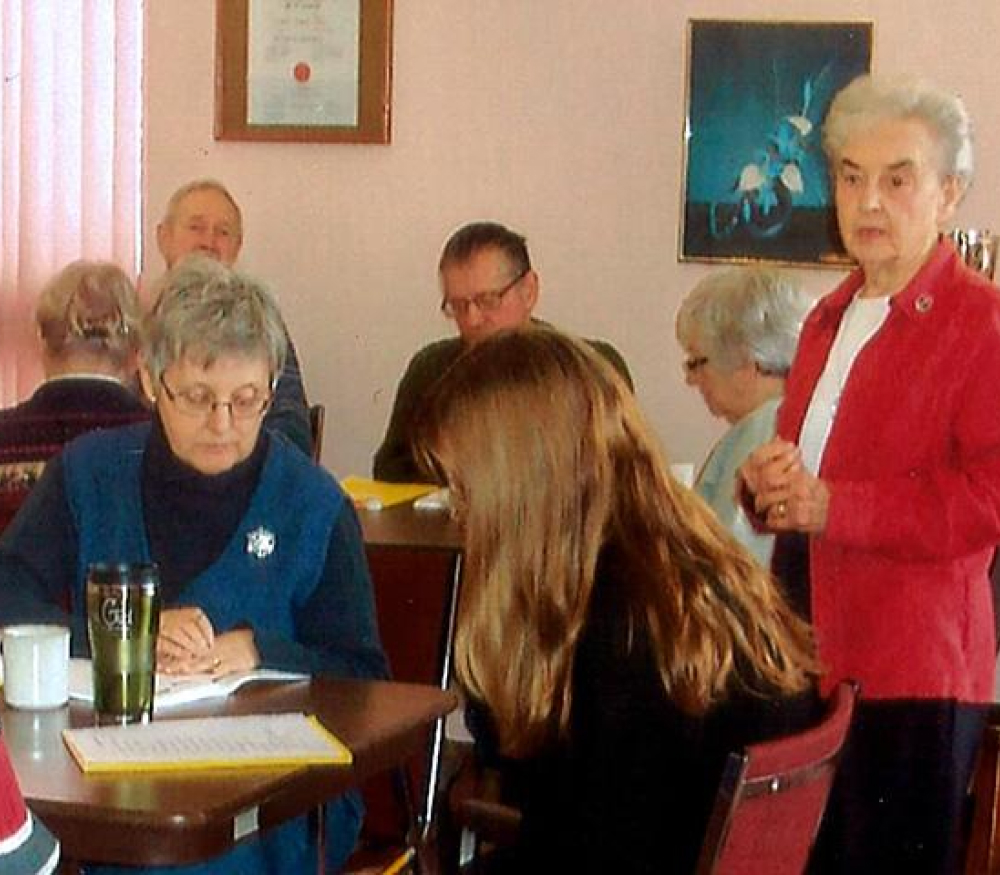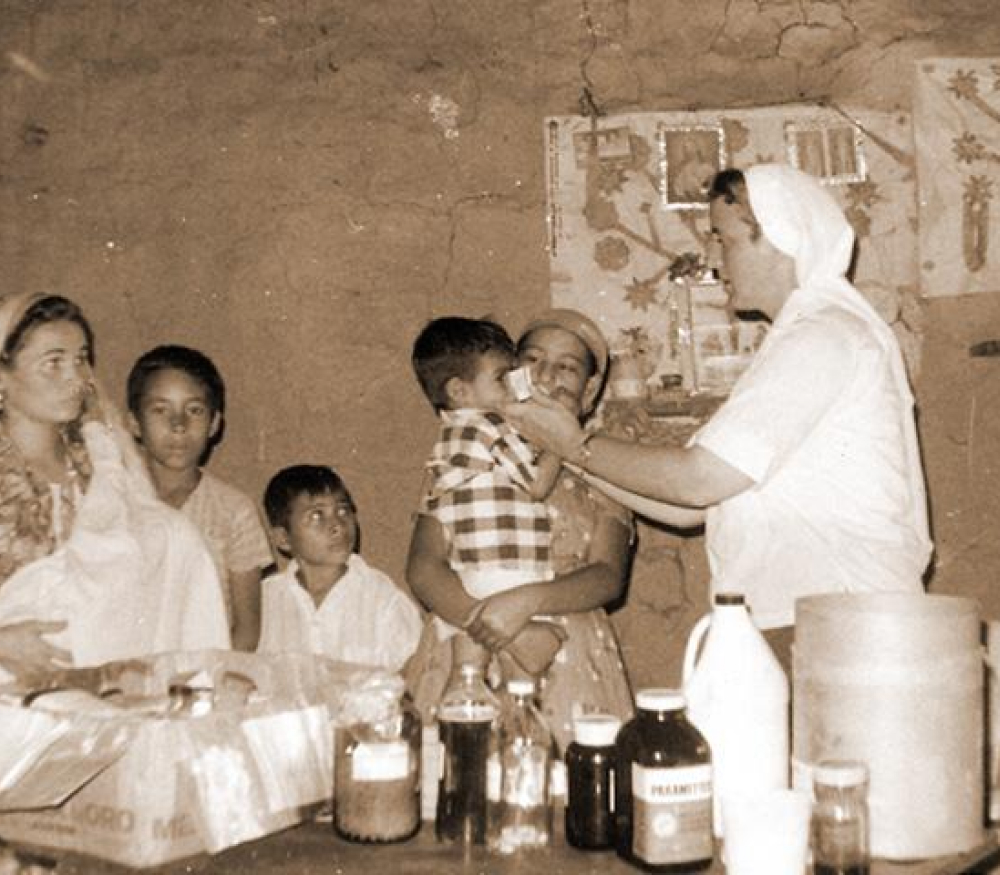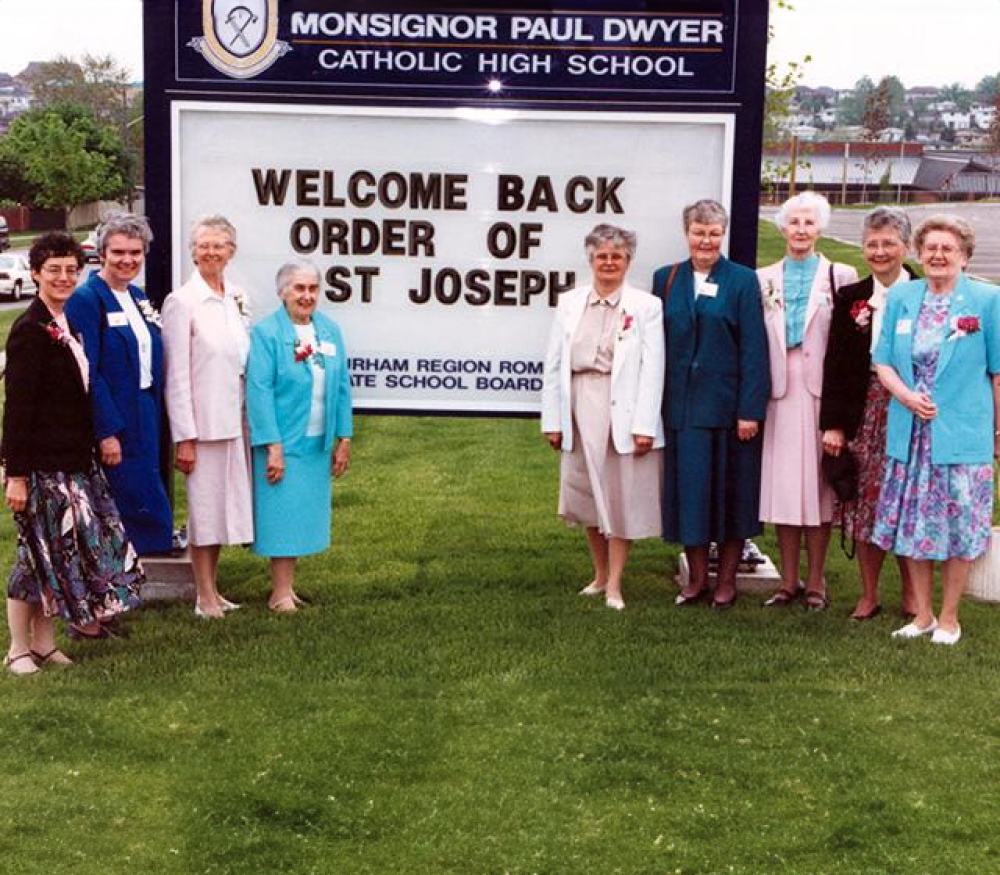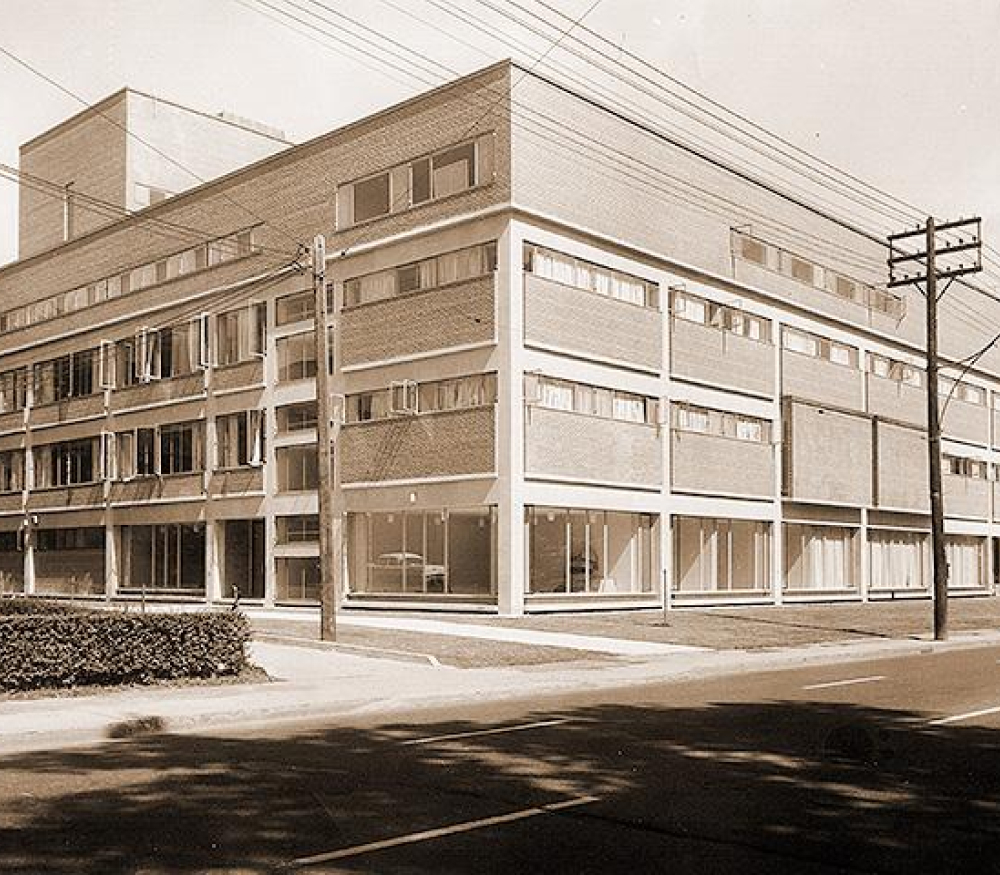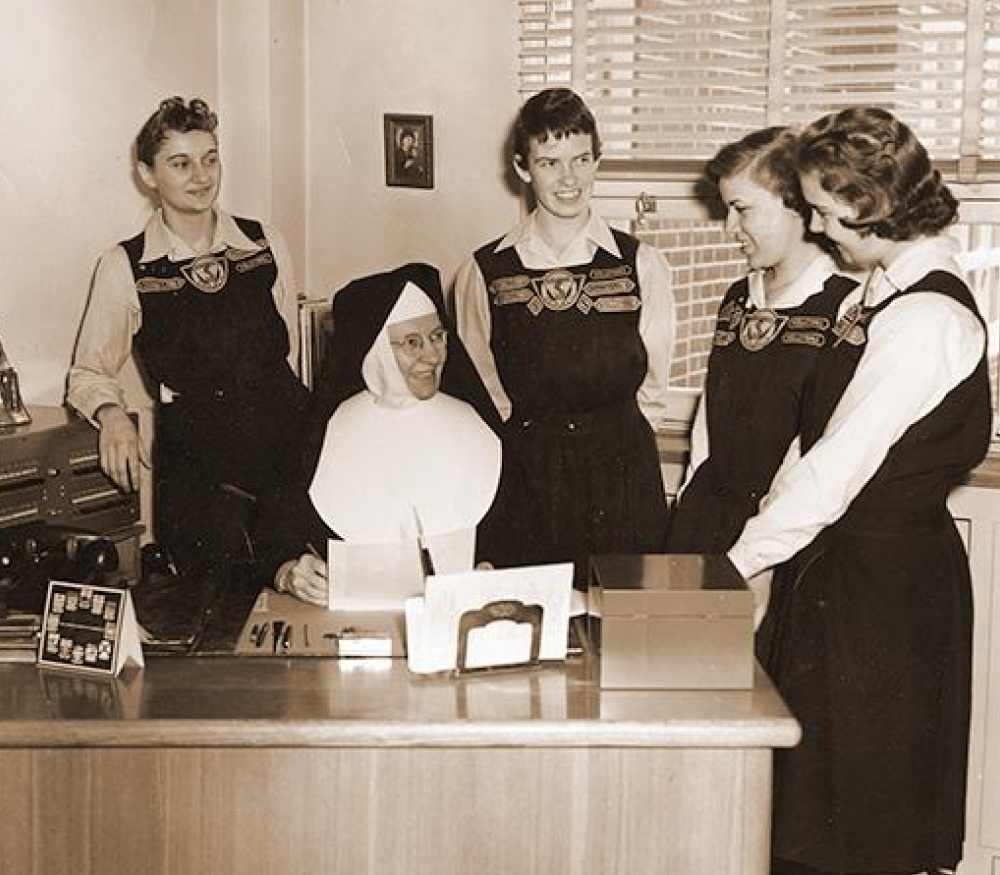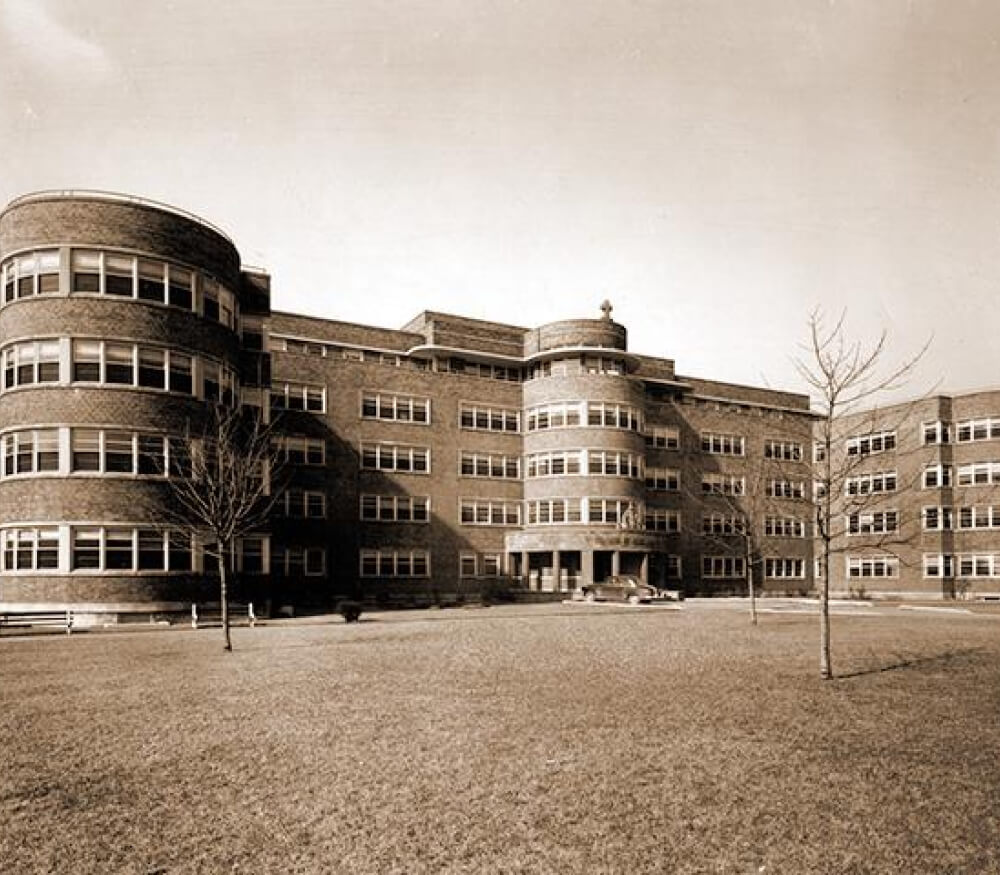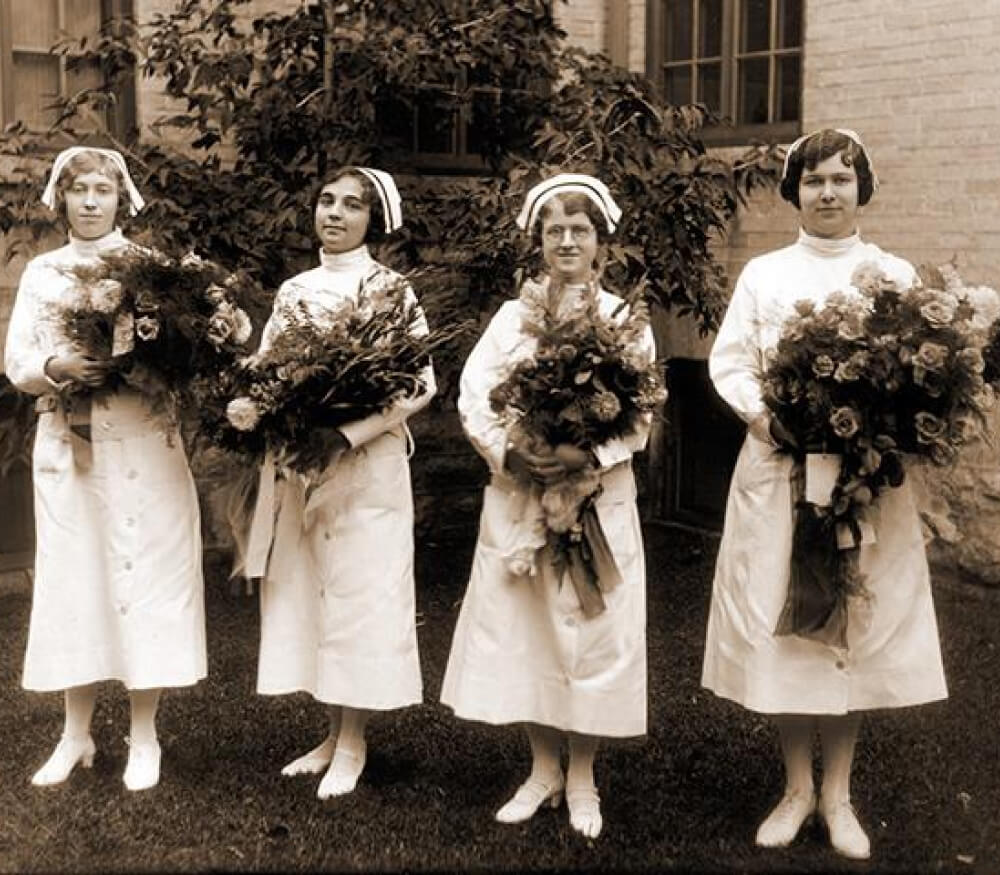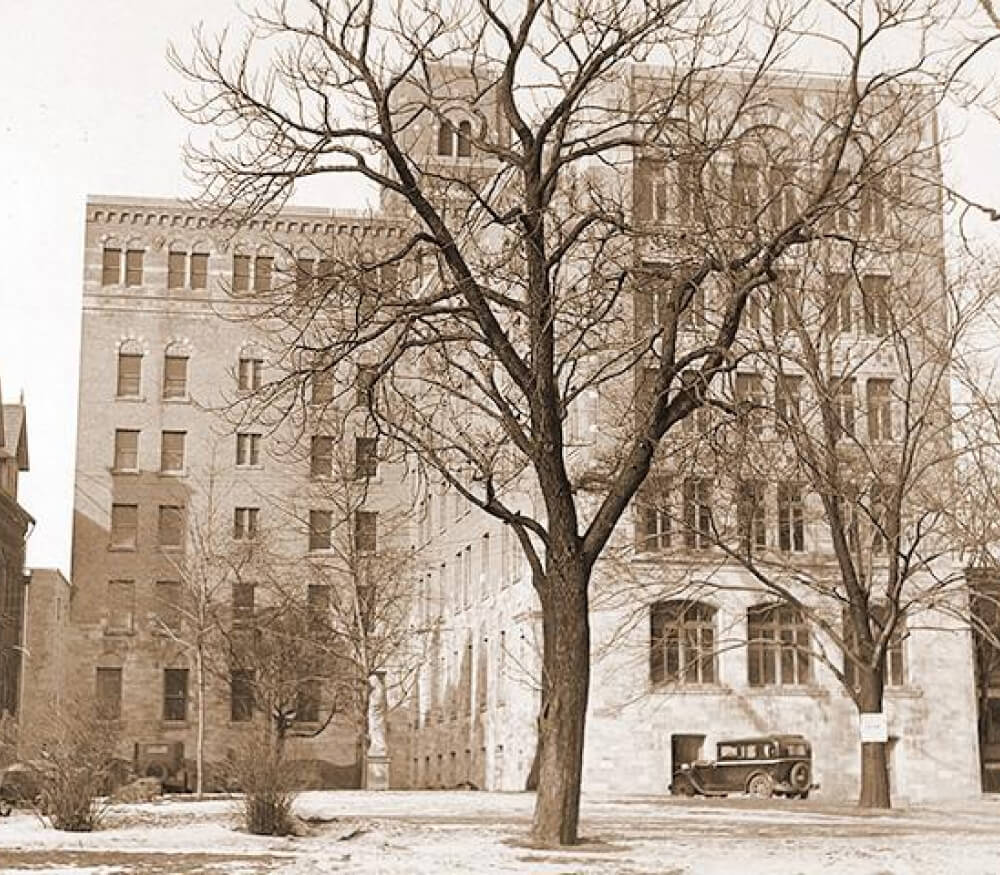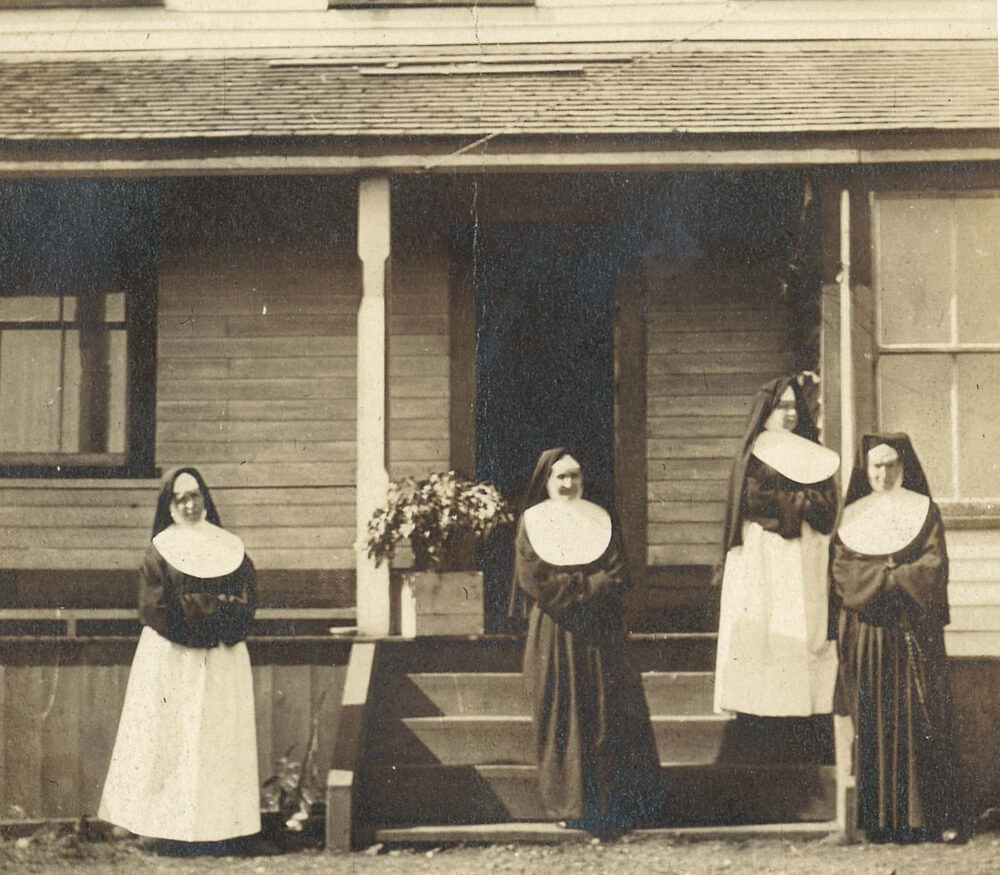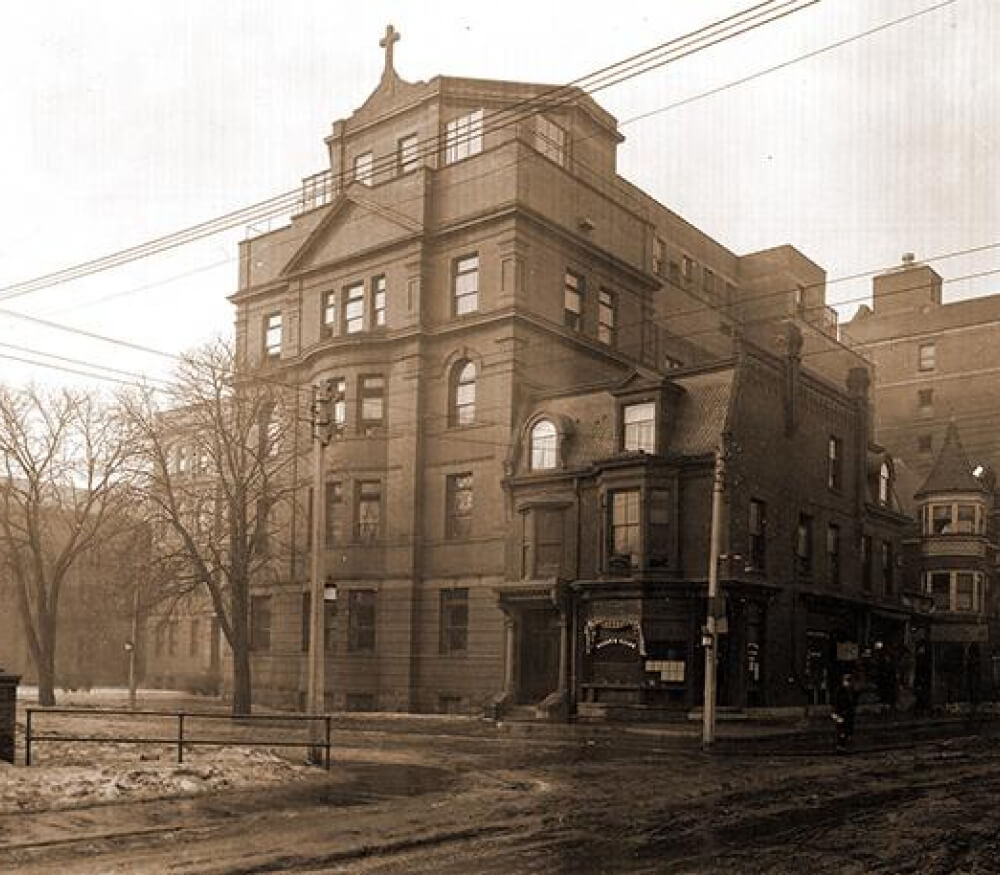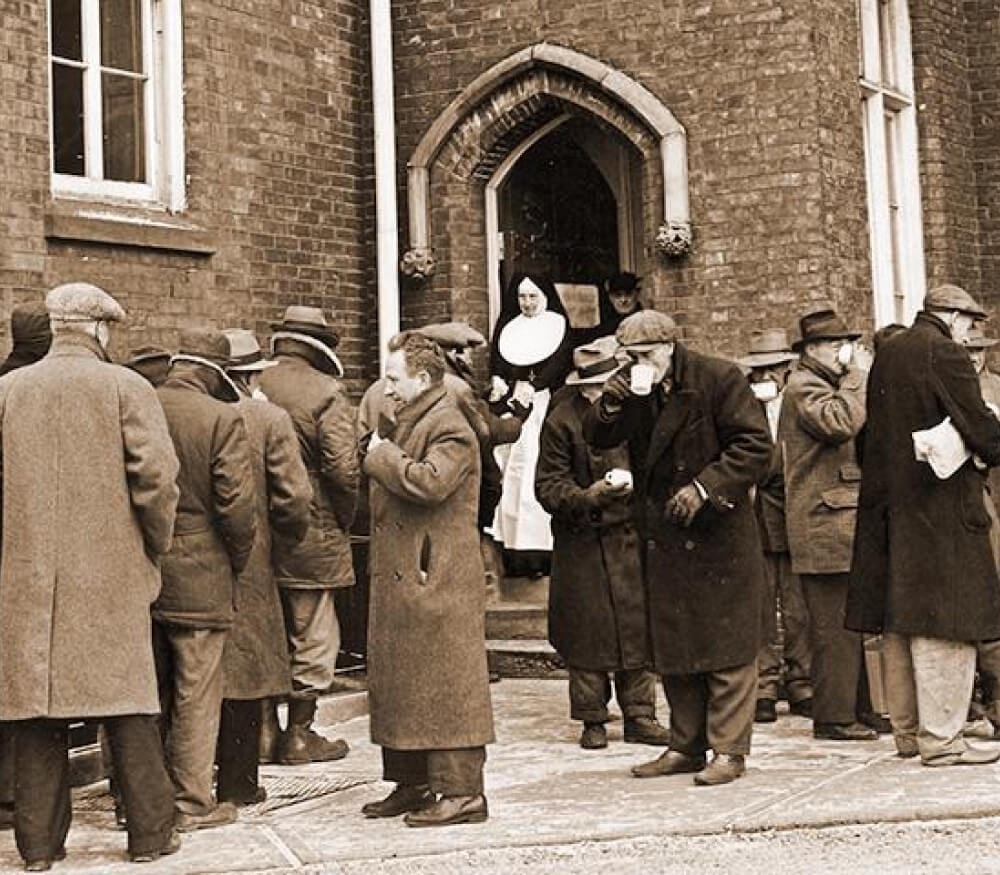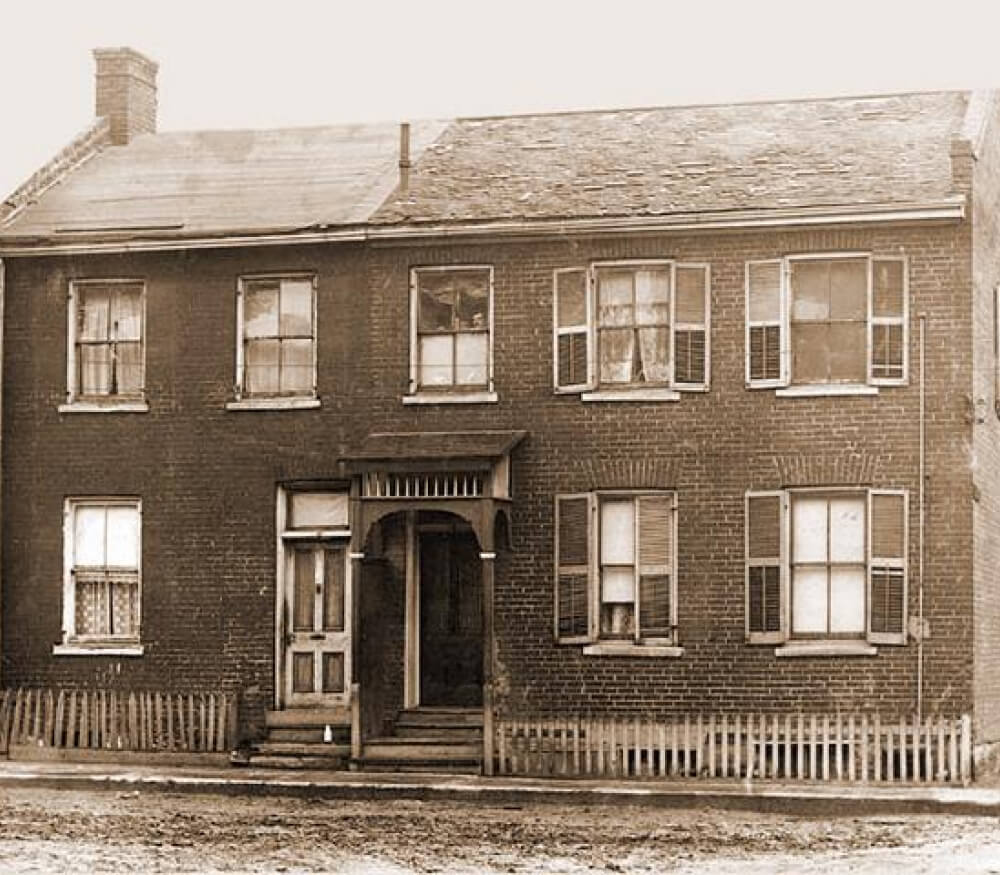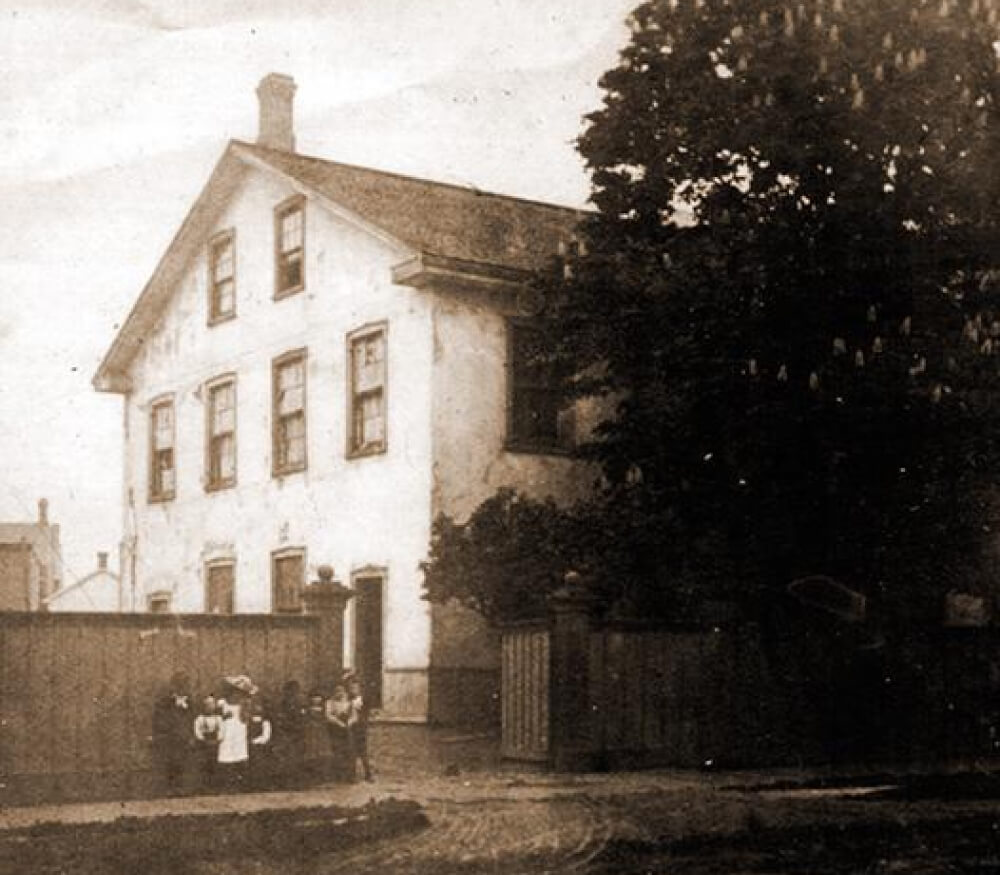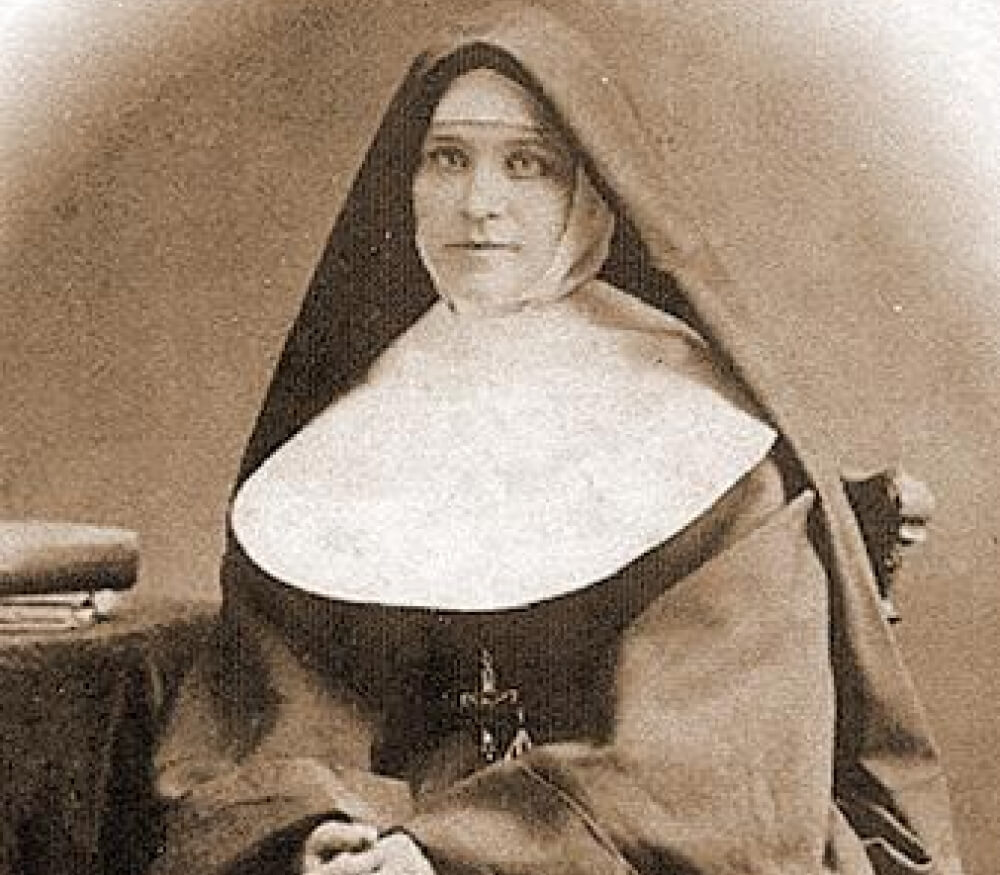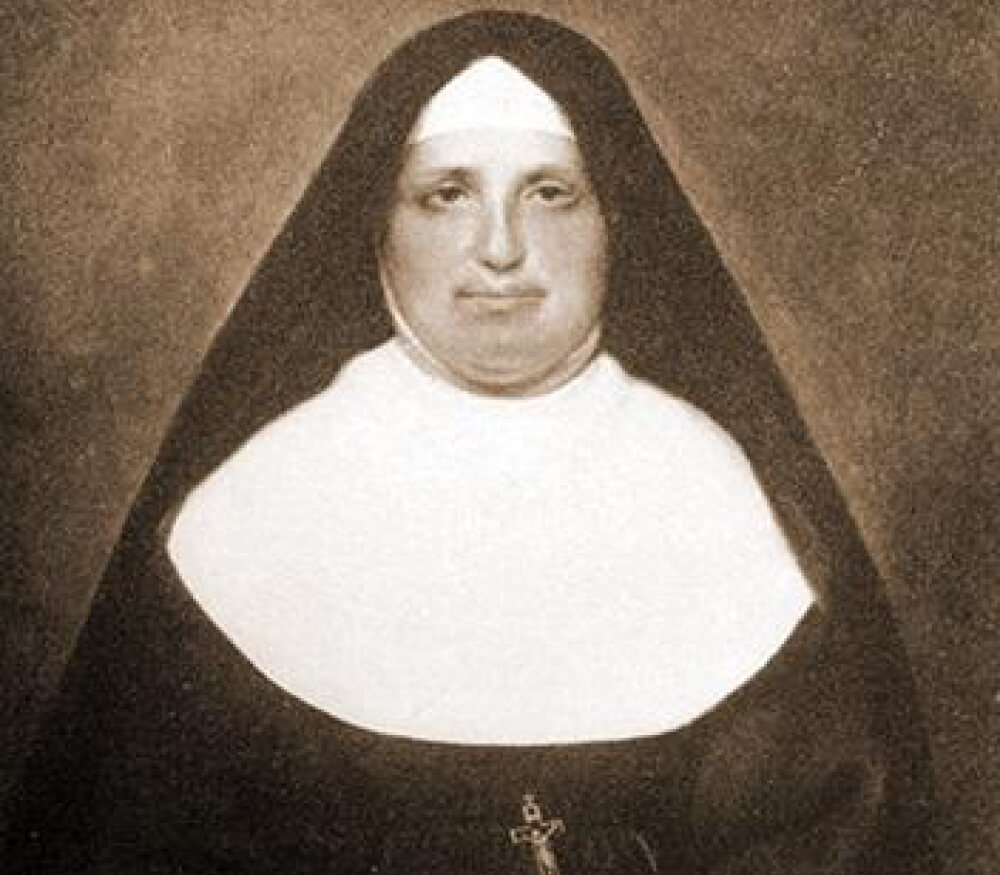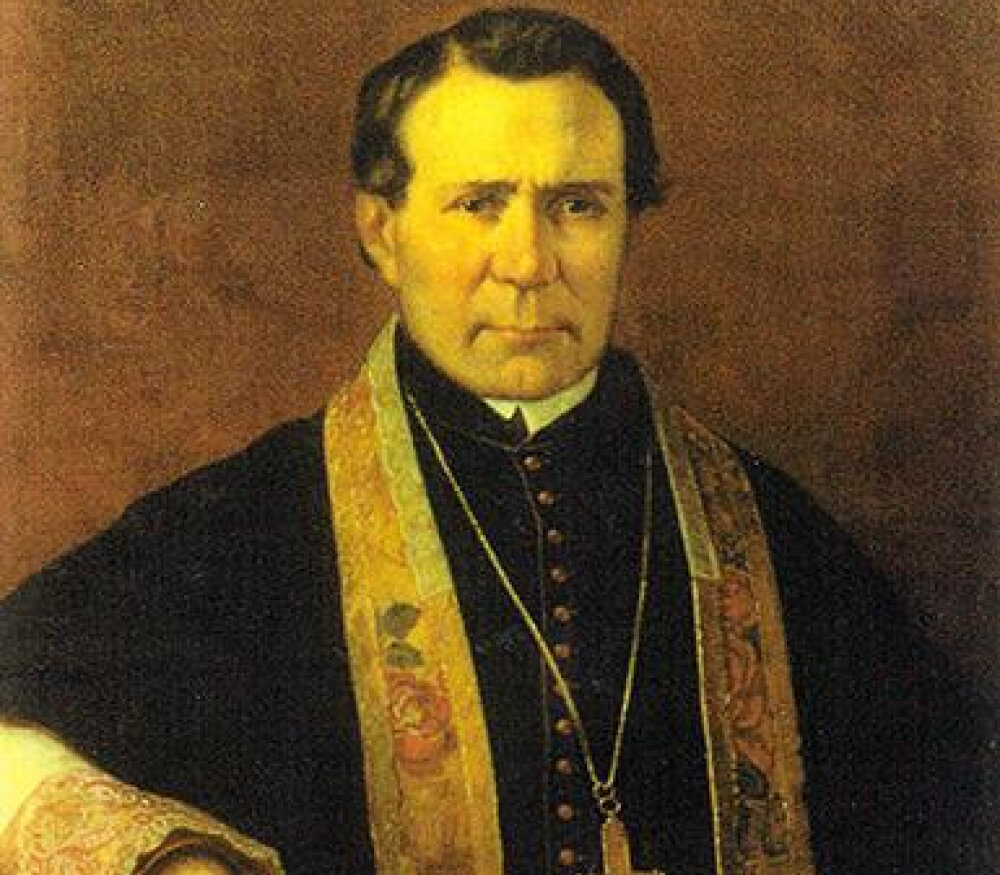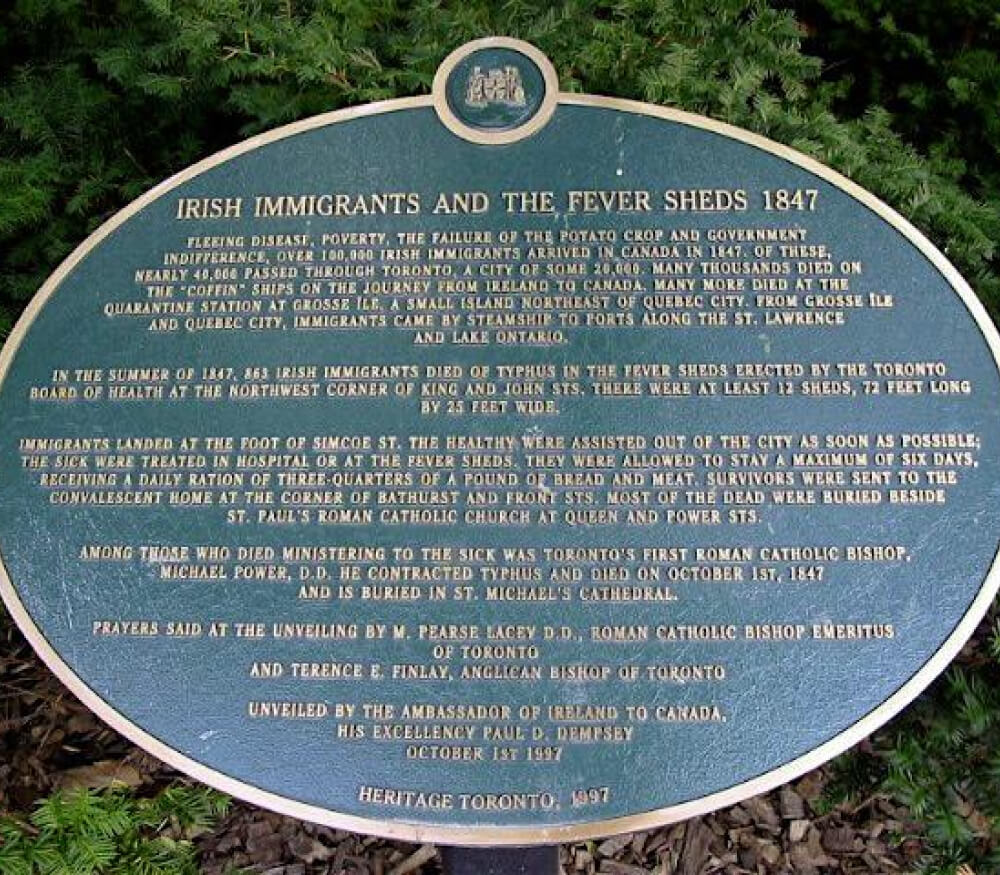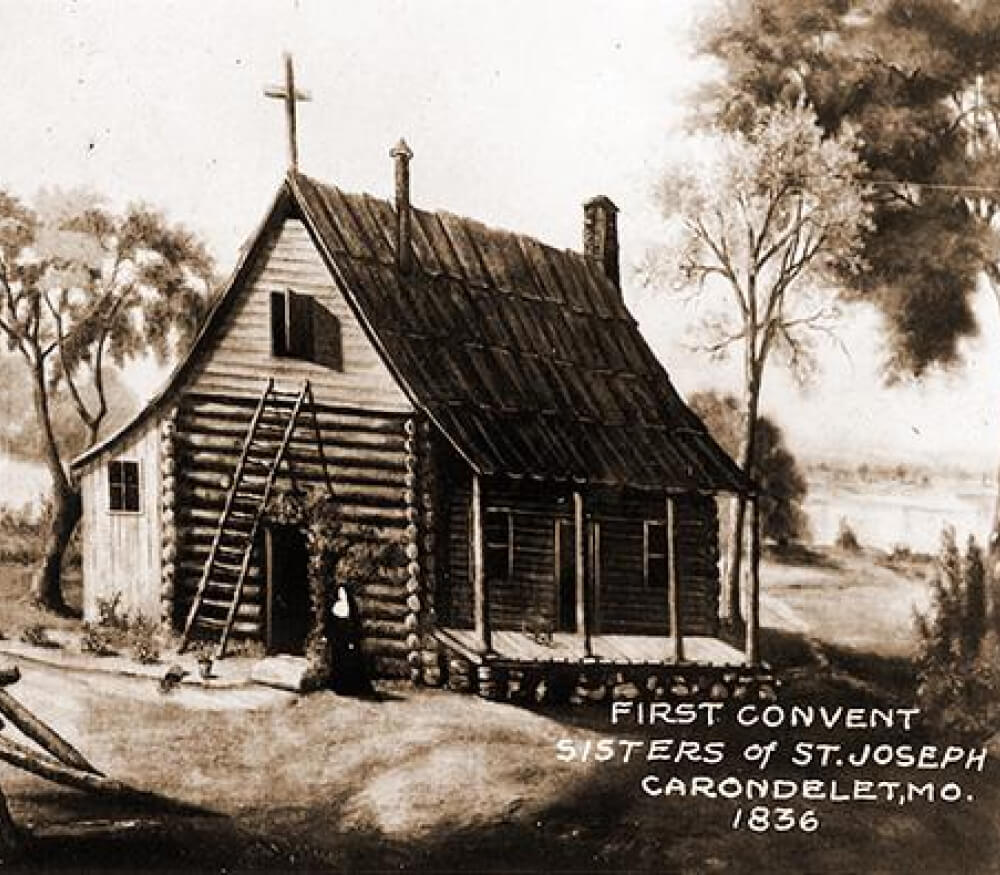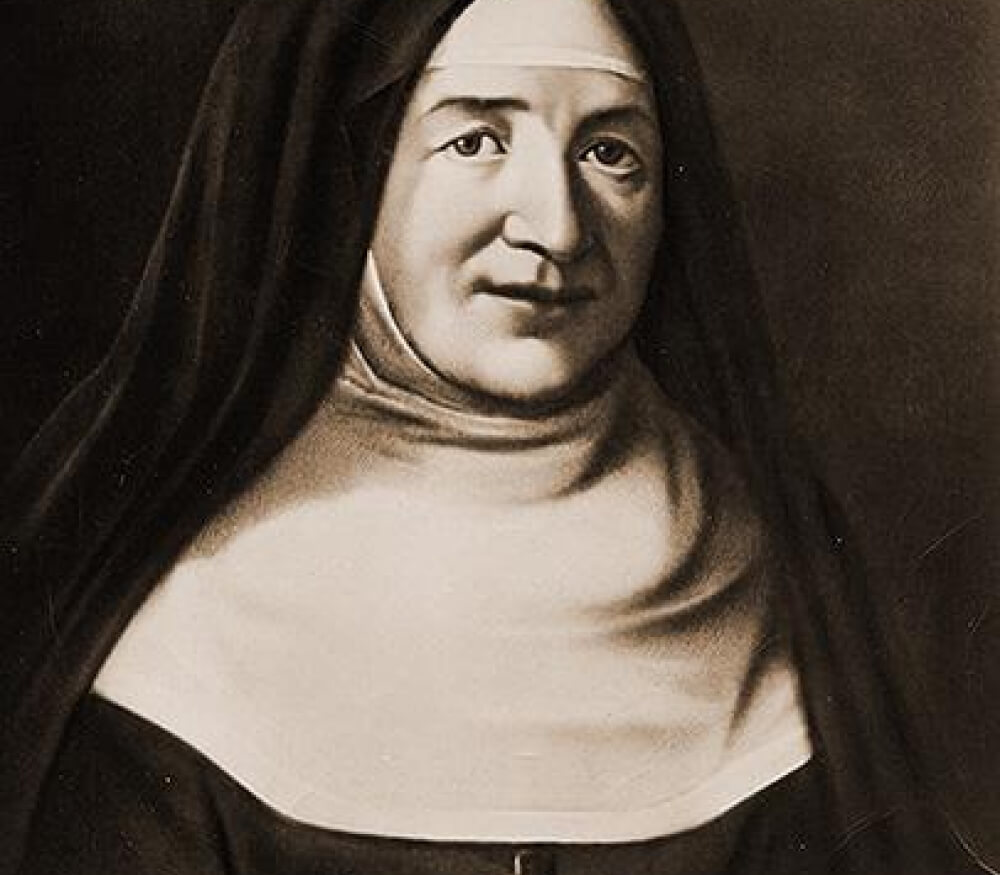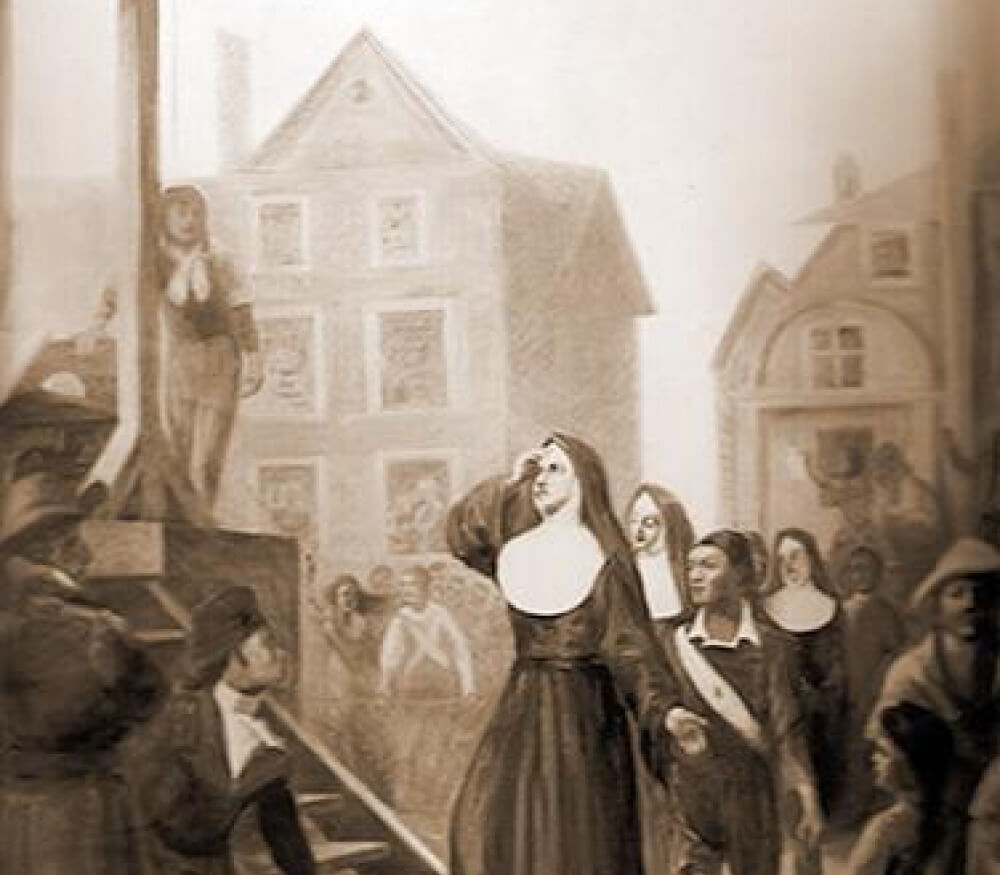The Sisters of St. Joseph of Toronto (CSJ) were founded around 1650 in Le Puy-en-Velay, France, by six women and a Jesuit priest, Jean-Pierre Médaille. All the works of mercy were to be done on behalf of the dear neighbour.
From the beginning, our religious life included service to and with people who were sick, poor and vulnerable.
Following the end of the French Revolution in 1807, Mother St. John Fontbonne responded to the call to establish a new religious community in the spirit of the Sisters of St. Joseph. By addressing the great social needs of the day, our congregation flourished from its central administration in Lyon. In 1836, six Sisters travelled from France to St. Louis, Missouri to teach poor and deaf children.
Among these first missionaries was Sister Delphine Fontbonne, the niece of Mother St. John. Sister Delphine, along with three other Sisters, would respond to the call to make the first foundation of our congregation in Canada.
On October 7, 1851, these four Sisters arrived in Toronto to care for orphans, the sick and poor of the city. From this beginning, we went on to establish ministries in education, social services, and health care. Over the years, we have continued to set up facilities to meet newly recognized needs.
Today, our ministries have evolved from larger institutions to forms of ministry that relate more closely to the “dear neighbour.”
